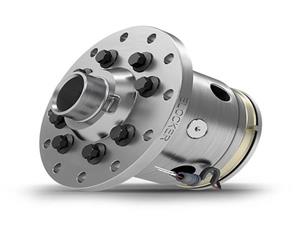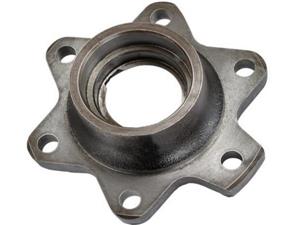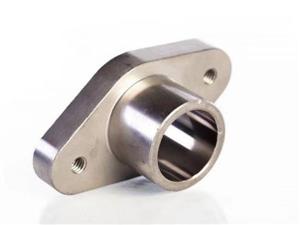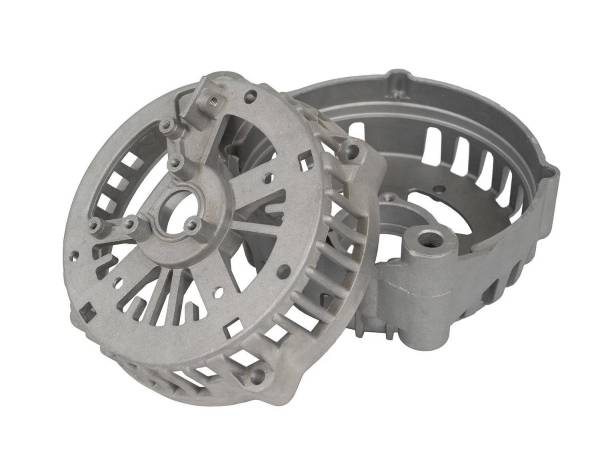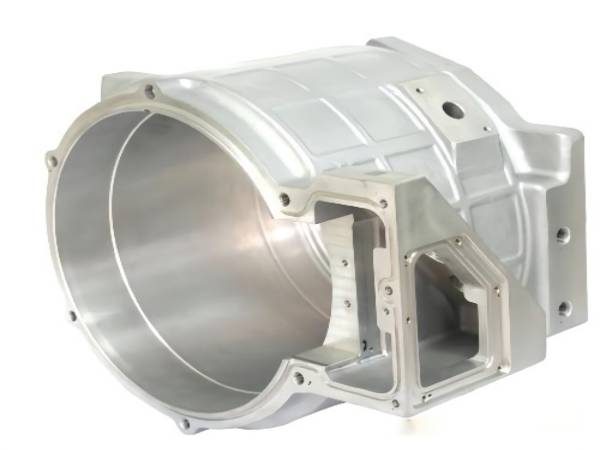What are the advantages and disadvantages of castings and forgings?
1. Casting
Casting is a metal form obtained by various casting methods, that is, by casting, pouring, injection, inhalation or other methods, with a certain shape, size and performance. Commonly used are grey cast iron, malleable cast iron, nodular cast iron, cast steel, etc. Non ferrous metals include cast copper alloy, aluminum alloy, zinc alloy, etc.
Casting is the process of pouring molten metal into a mold and cooling it to obtain the desired shape and properties. Casting is a commonly used manufacturing method with low manufacturing cost, flexible process, complex shape and large casting, which accounts for a large proportion in mechanical manufacturing. Normalizing is the difference between normalizing and annealing cooling speed. The annealing cooling speed is faster than the annealing cooling speed. Therefore, the normalizing structure is finer than the annealing structure, and its mechanical properties have been improved. In addition, the cooling outside the furnace does not occupy the equipment, and the production efficiency is high. Normalizing rather than annealing should be used as much as possible in production. The main application of normalizing is: for low carbon steel, the normalizing hardness is slightly higher than annealing, and the toughness is good, which can be used for cutting pretreatment. For medium carbon steel, quenching treatment can replace heat treatment, and can also be used to prepare induction heating surface quenching. Tool steel, bearing steel and carburizing steel can reduce or inhibit the formation of network carbide, so as to obtain good structure required for spheroidizing annealing. Cast steel structure can improve cutting performance.
2. Forged parts
Aluminum alloy forging is an object whose metal is compressed into required shape or compression force by plastic deformation. Forging is one of the important methods of metal plastic processing. This force is usually achieved by hammer or pressure. By forging, the loose porous structure in the casting can be compressed, and the large casting structure (dendrite) can be crushed into small particles to form fiber structure. When the fiber structure is reasonably distributed along the part shape, the mechanical properties of the part can be improved. Therefore, the forging strength is high and can withstand large impact load. The forging process can produce fine grain structure and improve the physical properties of metal.
The main purpose of forging is to form and improve (improve mechanical properties and internal structure). The latter is difficult to achieve by other technical methods. In addition, forging production also has the advantages of metal saving, high production efficiency and great flexibility.
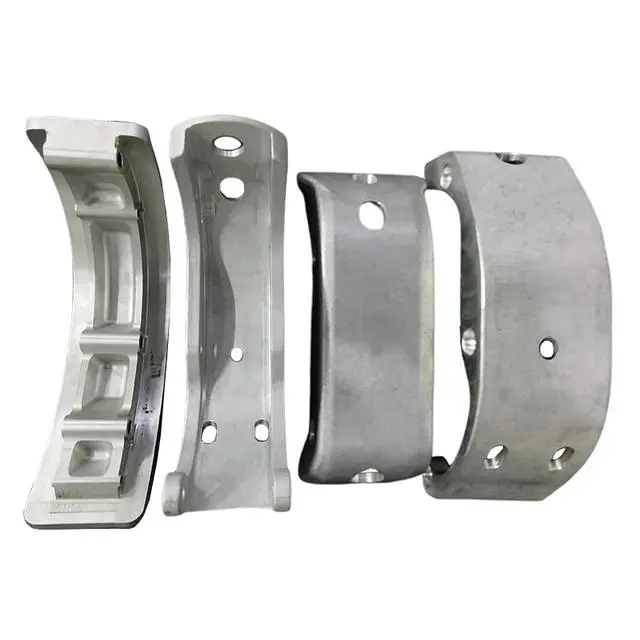
Purpose of casting and forging: casting is an economical blank forming method, usually used for parts with complex shapes. Forging is generally used to process forging of certain shape and size.
Advantages of casting:
It can produce parts with complex shape, especially blank with complex inner cavity. Wide adaptability, common industrial metal materials can be cast from several grams to hundreds of tons.
Advantages of forging:
By forging, the defects of casting porosity in the melting process can be eliminated, and the forging structure and structure can be optimized. The mechanical properties of forging are usually better than that of casting of the same material because the complete metal streamline is retained. For important parts with large mechanical load and poor working conditions, forging methods are often used except for rolled plates, profiles or welded parts.

